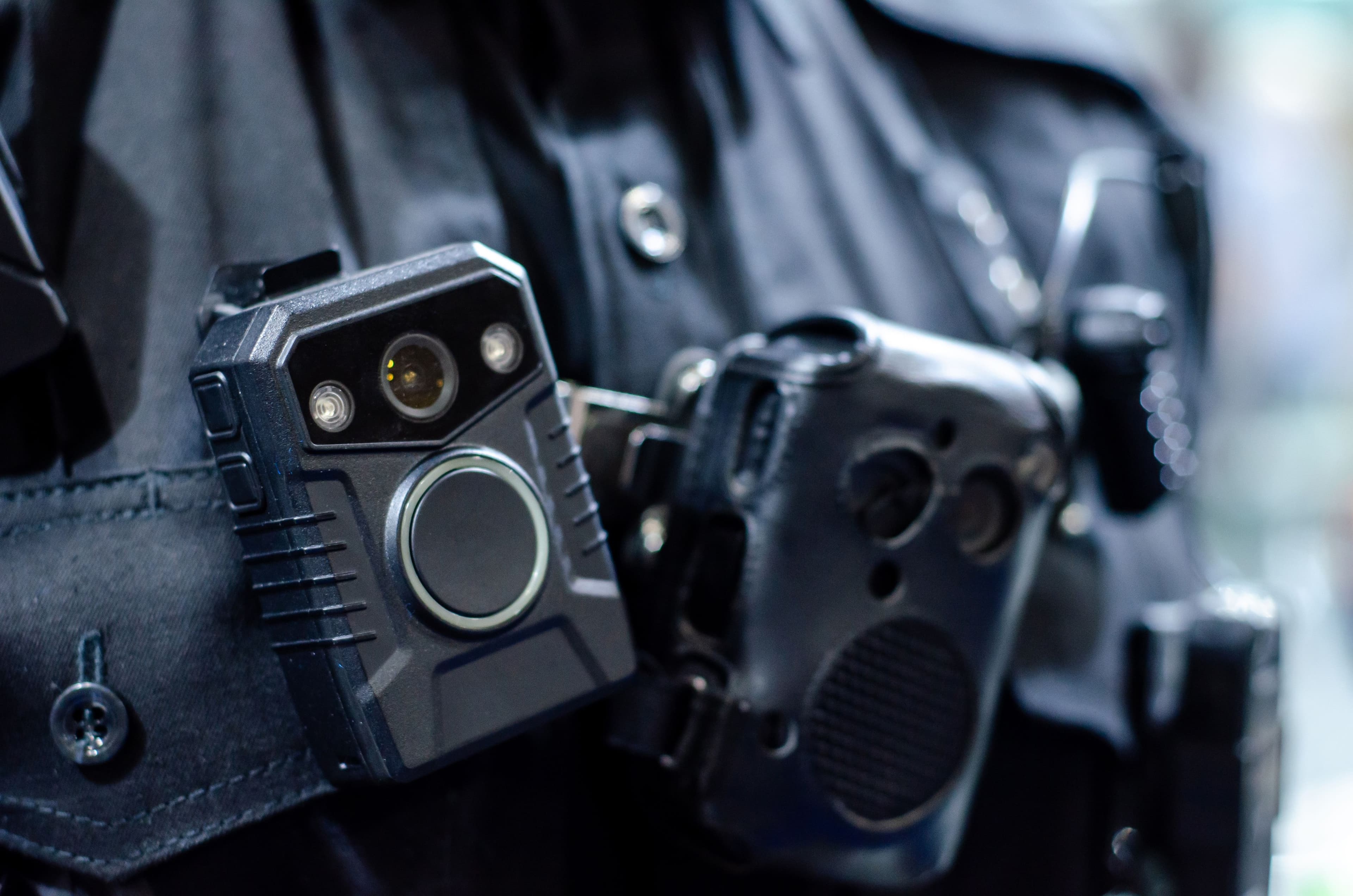The Impact of Police Body Cameras on Civil Rights Cases in California
This article explores how police body camera footage can help victims in California civil rights cases, explains the rules for accessing footage, what to do if access is denied, and how attorneys use video evidence to support victims of police misconduct.

Police body cameras have become a powerful tool in promoting transparency and accountability for law enforcement across California. For victims of police misconduct and their families, body camera footage can be crucial in exposing abuse, clarifying disputed facts, and supporting civil rights lawsuits. However, accessing and using this evidence isn’t always straightforward. Here’s what you need to know about police body cameras, your rights to footage, and how it can make or break a civil rights case.
How Police Body Cameras Work in California
Most law enforcement agencies in California now require officers to wear body-worn cameras (BWCs) during interactions with the public. These devices record audio and video during:
- Traffic stops
- Arrests
- Searches
- Use-of-force incidents
- Other official encounters
Body camera policies can differ by agency, but the goal is to provide an accurate record of what really happened during police encounters.
Why Body Camera Footage Matters in Civil Rights Cases
Civil rights lawsuits often involve different versions of the same event. Victims may claim excessive force, false arrest, or racial profiling, while officers often have a different story. Body camera footage offers several advantages:
- Objective Evidence: Footage can verify or contradict statements from officers and witnesses.
- Transparency: Video can reveal patterns of misconduct or training failures.
- Deterrence: The knowledge that encounters are being recorded can prevent misconduct in the first place.
- Public Trust: Body camera use builds confidence that law enforcement will be held accountable for wrongdoing.
How to Obtain Police Body Camera Footage in California
1. Request the Footage
Under California law (SB 1421 and AB 748), certain police records—including body camera footage involving use of force or misconduct—must be made available to the public, with some limitations for ongoing investigations.
- Submit a written request to the law enforcement agency involved. Be specific about date, time, location, and officers if possible.
- Family members and attorneys representing victims usually have priority access.
2. Know Your Rights
Agencies can sometimes delay or redact footage if it interferes with an investigation or invades privacy, but they must justify any denial. In most cases, they must release the footage within 45 days of a critical incident (such as a shooting or serious injury).
3. Consult an Attorney
If your request is denied, a civil rights lawyer can appeal, subpoena footage, or sue for access. Legal support is often essential for overcoming agency resistance.
What to Do If Footage Is Withheld or Tampered With
Unfortunately, there are times when police footage is lost, withheld, edited, or intentionally deleted. This can be a sign of misconduct in itself. If you suspect this has happened:
- Document all your requests and agency responses.
- Contact a lawyer immediately—the loss or alteration of evidence can strengthen your civil case.
- Report the incident to civilian oversight bodies or state authorities.
California law punishes intentional destruction or tampering with evidence, including police recordings.
How Attorneys Use Body Camera Evidence
Civil rights lawyers use body camera footage in multiple ways:
- Supporting the Victim’s Version of Events: Footage can reveal excessive force, racial slurs, improper searches, or failure to provide medical care.
- Challenging Official Reports: If the video contradicts police statements or incident reports, it can undermine the agency’s defense.
- Encouraging Settlements: Clear footage of misconduct often leads to quicker and larger settlements for victims.
- Educating Juries: Jurors can see what really happened, making it harder for police to deny abuse.
Video evidence is not perfect—cameras can be turned off, blocked, or have limited angles—but it often tips the scales toward justice.
Frequently Asked Questions
Can I request body camera footage if I wasn’t involved in the incident?
Yes, but access is prioritized for victims, family members, and attorneys. The public can request footage of critical incidents under California law.
Does footage always show the full story?
Not always. Cameras may be blocked or turned off. Still, any available video is valuable in court.
What if officers failed to turn on their cameras?
This may indicate a policy violation and could support your civil rights claim.
How long do agencies keep body camera footage?
Policies vary, but footage of critical incidents must usually be retained for at least two years.
The Christian Contreras Firm: Harnessing Video Evidence for Justice
At The Christian Contreras Firm, we know how powerful body camera footage can be in civil rights cases. Our attorneys fight for access to crucial evidence, analyze every second of video, and use it to hold police and agencies accountable for misconduct. If you believe police video could help your case, we’re ready to fight for your rights.
Take the First Step Toward Accountability
If you or a loved one is the victim of police misconduct in California, don’t delay. Request body camera footage, preserve all evidence, and contact a civil rights attorney as soon as possible. The Christian Contreras Firm is here to help you use every tool available—including video—to seek justice and lasting change.
Mais de $150 Milhões em Compensação para Clientes